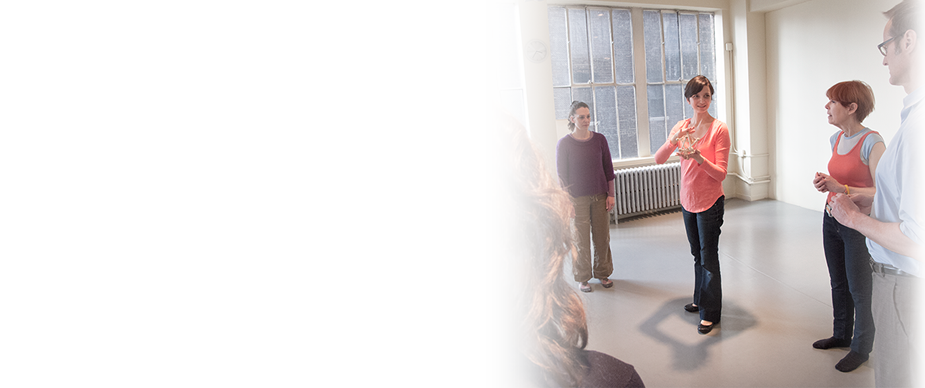Near . . . Far . . .
/Today’s post is a follow up on the last one about the eyes and that the way we use our eyes effects the neck and back. Whether we are straining to look at a computer screen or simply shifting focus from near to far, there are muscles working to make this possible. If those muscles are overworking, then tightness in the neck and upper back will likely result. If you tried out the exercise at the end of the last post, you may be able to feel your neck and upper back responding to your eyes shifting focus from a near to far distance, and vice versa.
If you’ve ever seen any classic Sesame Street, you might be familiar with the segment involving Grover demonstrating the difference between “near” and “far”. To demonstrate “near”, he runs closer to us. To demonstrate “far” he runs farther away from us. If our eyes weren’t able to change focus, we’d probably be doing a lot of that just to see, which might be Grover’s experience, given that he’s a muppet and his eyes seem pretty fixed and locked in one position.
We can learn something from Grover though. If you are straining to see something with your eyes, then you are probably, for better or for worse, taking your head and neck along for the ride. Want to avoid straining your eyes, head and neck? Stop reaching with them and move closer to what you are looking at. Set up your desk so that you can sit all the way back in your chair and comfortably look at your computer screen without straining forward. Bring your phone up higher when you text instead of looking lower. The head and neck like to follow the eyes and if you tend to overwork them, Alexander Technique lessons can help with that, but whether you are taking Alexander lessons or not, you can make looking at things (especially screens) a little easier on yourself by simply bringing what you’re looking at closer to you.
Thank you Grover!

